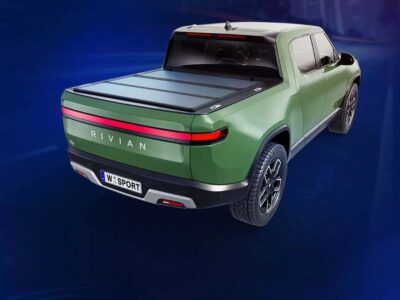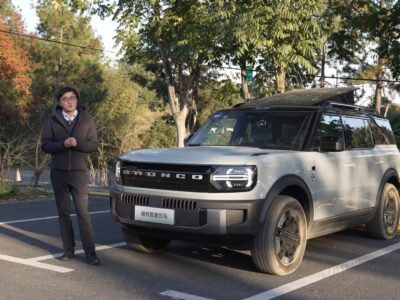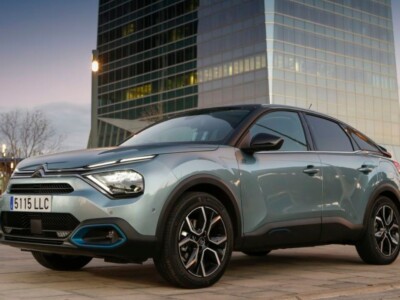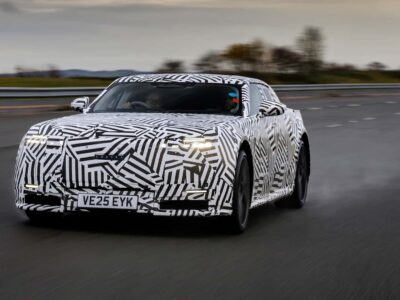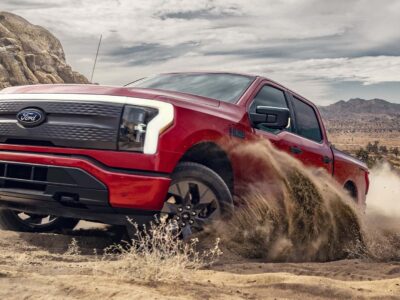
Hyundai believes its first electric air taxis could take off in 2025, years earlier than expected, even as regulation for the entirely new aviation format is delayed.
The term “air taxi” has become a general term for small vertical takeoff and landing (VTOL) aircraft designed for use in cities as an aerial alternative to conventional passenger transport services. Several companies, including various automakers, have expressed interest in air taxis and complementary mobility services, but there are significant technical challenges.
Despite potential challenges, including regulatory uncertainty and the need to certify an entirely new type of aircraft for safe operation, Hyundai’s global chief operating officer, José Muñoz, said in a Reuters conference that the company is ahead of its previously set schedule for the launch of these electric air vehicles.
Muñoz, who is also the CEO of Hyundai North America, had previously stated that air taxis would begin operations in 2028, but now he believes 2025 is possible, according to Reuters.
The air taxis will be battery-powered and designed to transport five or six people from city centers to airports, according to the report. Muñoz told Reuters that transporting cargo is also a possibility. It is unclear if there will be technological overlap between the air taxis and Hyundai’s upcoming electric vehicles based on the new E-GMP architecture.
Hyundai launched a dedicated air mobility division in 2019, led by former NASA engineer Jaiwon Shin. At that time, Hyundai said it would invest $1.5 billion in air taxis by 2025. Last year, the company announced a partnership with Uber to deploy the vehicles and unveiled a full-scale model at the Consumer Electronics Show (CES).
However, Hyundai is not the only company developing its own electric air taxis. General Motors has shown interest in the electric air taxi market, and CEO Mary Barra hinted last year that the automaker’s new Ultium battery system could be used in the aircraft.
Porsche and Boeing announced in 2019 that they were partnering to develop a “premium urban air mobility vehicle.” Several smaller startups are also looking to claim a share of the market.
If all these plans succeed, the skies could soon be bustling with people.


